Address newsletter
Get the latest news on buying, selling, renting, home design, and more.
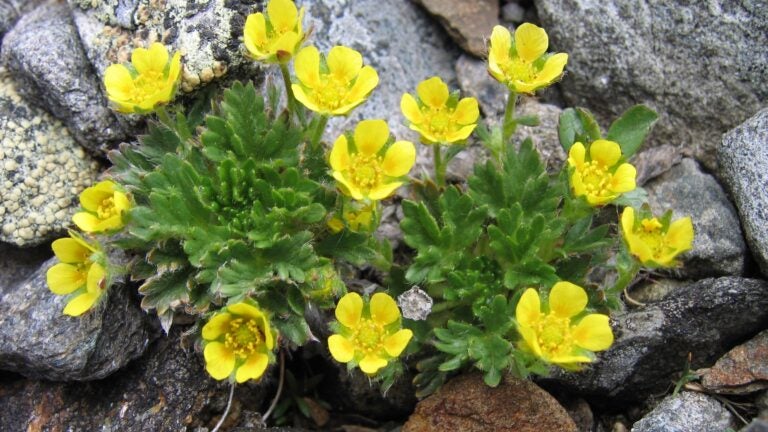
Spring thaw is the gardener’s awakening, time to bring the dormant earth back to life. But what happens when winter — an important period of rest and restoration — grows less winter-like?
In November, the U.S. Department of Agriculture reissued its plant hardiness map, a planning tool that offers the “average annual extreme minimum” winter temperatures for perennial plants. Last updated in 2012, the new map codifies warming temperatures for Massachusetts’ planting zones.
So what does that mean for gardeners as we head into another increasingly warm growing season? Local experts say to hold off on opening that banana stand: While gardeners can’t stop climate change alone, we can play a role in what happens to threatened species.
Todd Rounsaville, a USDA research horticulturist based in Washington, D.C., explained that the map revises what he called “climate normals” representing about 10-year blocks, and reflects a small increase in the average winter temperature.
“If you were very close to the edge [of a zone], a very small change could have put you into the next half zone,” he said.
Rounsaville said the map can be used as a risk assessment tool for crops. For example, premature warming and erratic freezes may damage flowering fruit tree buds.
For local plant experts, it’s a call to action.
The trend is pushing many plant species further toward extinction, but individual acts can encourage biodiversity — and give native plant species the best chance at survival.
“This isn’t great news,” said Trevor Smith, design and education manager for Weston Nurseries. “Can we make lemonade out of lemons? Sure.”
Thinking about new plants may excite some gardeners, but Smith found the news sobering.
“I’ve been a Zone 5 gardener the entire 25 years I’ve been in business,” he said. “The fact that I can now start using Zone 7 plants when I’m gardening towards the city is really kind of mind-blowing to me.”
The map charts 13 zones nationally using 5-degree temperature divisions, each number corresponding to a Zone A and B (1A, 1B, etc.). Massachusetts ranges from 5A (in the Berkshires) to 7B (at the edge of the Cape).
Much of Massachusetts experienced a half-zone shift in Zone 6 (6A and 6B), said Ulrich Lorimer, director of horticulture for the Native Plant Trust and author of “The Northeast Native Plant Primer” (2022). “What’s happening now is a much more rapid shift than the kinds of shifts that we’ve seen —historically — from a geological perspective. And some plants are better at shifting faster than others.”
And we have choices.
“Some people look at this, and they say: ‘Hey, this is great. I don’t have to wrap my fig trees. I can try to grow like bananas outside,’” he said. Tropical or tender plants may begin to do better with warming Boston winters, as cold-reliant plants are forced farther north, eventually squeezed into extinction off alpine peaks. Sugar maple, Lorimer writes in his book, is an example of a tree pushed farther north, which is beginning to affect maple harvests.
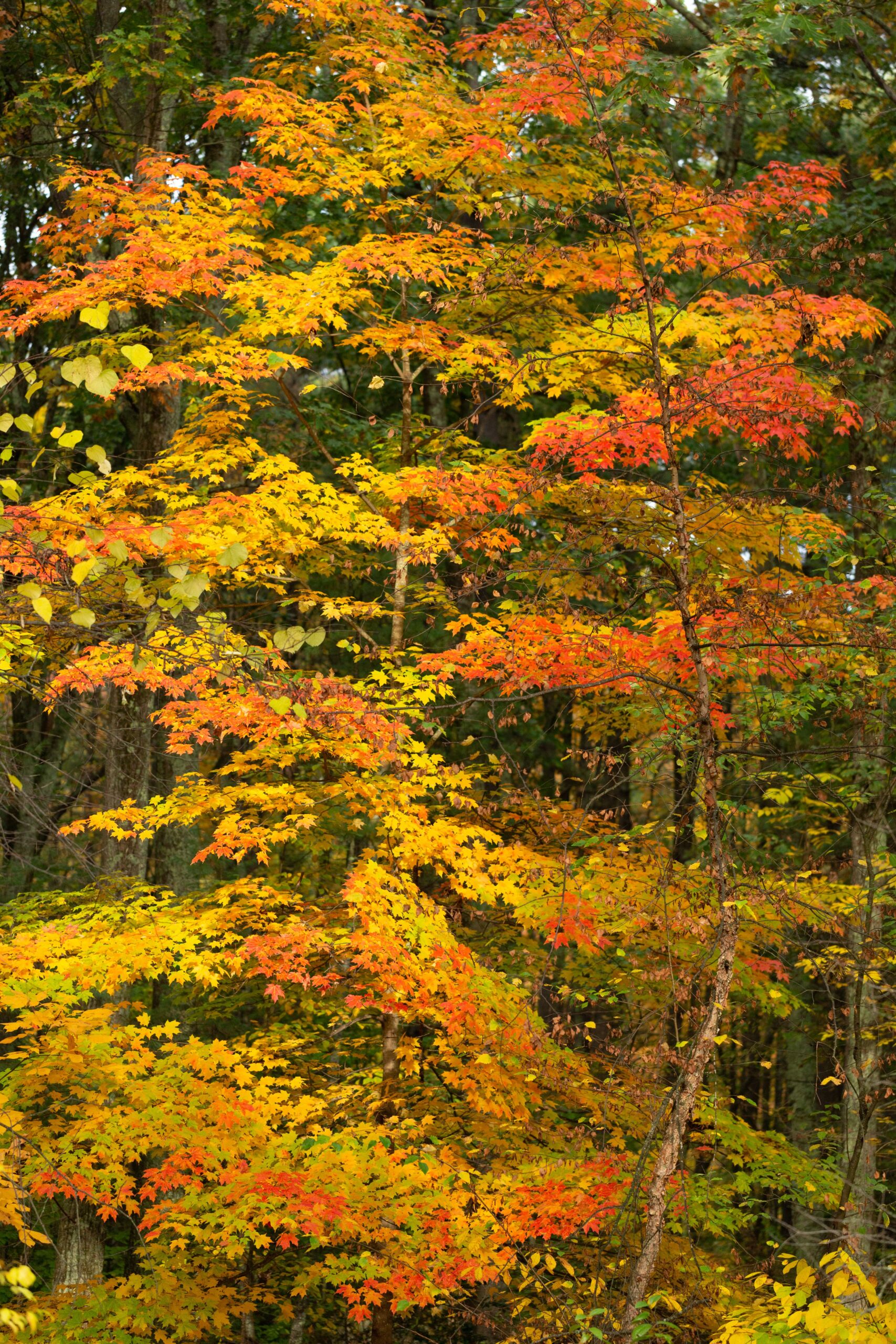
“The impacts of climate change are going to be forever,” Smith said. “There’s a sense of sadness there. … There are species that have gone and will go extinct because of this. “
Climate change also has diminished another winter freeze benefit, Lorimer said: The reduction of pest eggs, which instead may flourish unchecked. For example, woolly adelgid, a sap-sucking insect that decimates hemlock, has mostly spared the state of Maine — until recently. Lorimer said he heard reports of the pest reaching Acadia National Park.
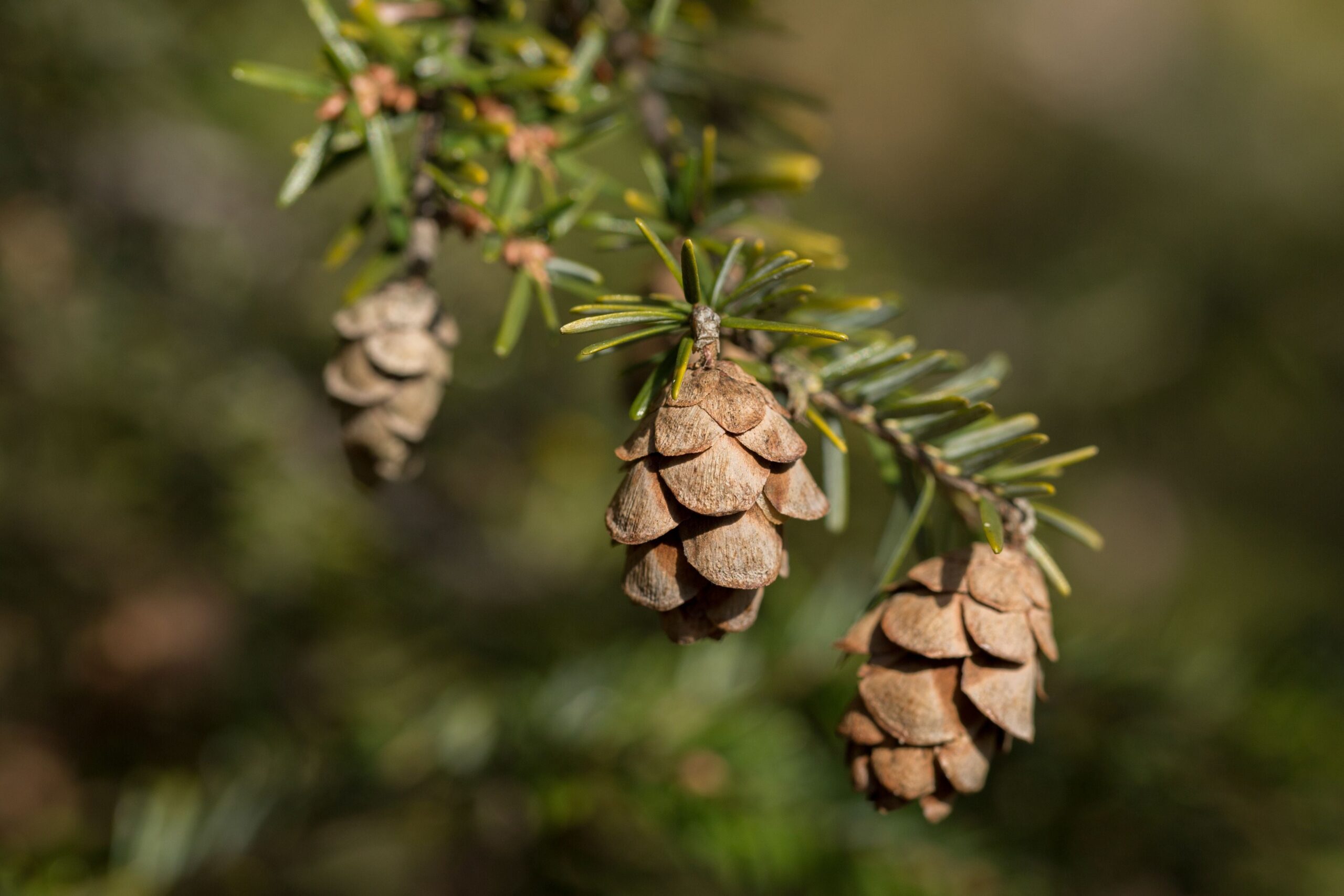
While extinction looms, existing plants will begin to struggle, visible even at the garden level, said Bethany Bradley, a UMass Amherst Department of Environmental Conservation professor.
“It’s really the [plants] that are more cold-adapted that may start doing more poorly in our gardens,” said Bradley, plants such as those belonging to Zones 3 through 6.
And, she said, climate change brings additional challenges: It’s not just gradual temperature shifts, but also more extreme weather systems.
“The very wet wets and really dry drys that we’ve had over the last couple of summers, those stress plants, too,” she said. “So we can expect to see more plants dying in our yards.”
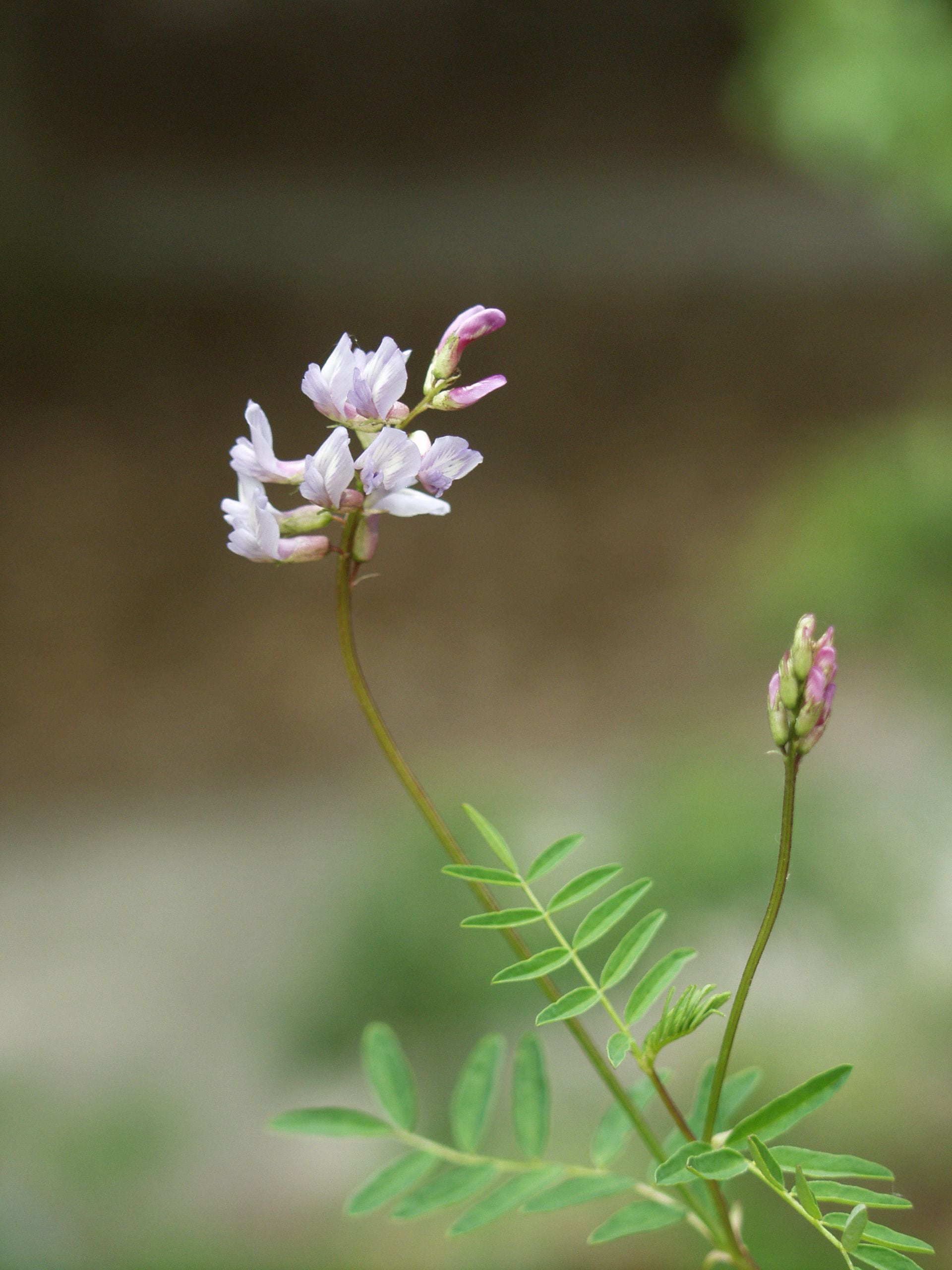
Bradley added a note of caution for gardeners looking to replace those plants with warmer-adapted ones, which often constitute ornamental plants sold by nurseries. She said they may not be the best matches for northern gardens, and are more likely to have detrimental effects on ecosystems than native species. She urged gardeners to avoid potentially invasive species. They can take over a space and become a monoculture.
Biodiversity supports a range of insect and bird species, but also makes life easier for gardeners. Rounsaville said the wrong weather pattern or insect infestation could quickly eradicate a monoculture. As for tropical temptations such as bananas, he said, “It only takes one of those chance, extreme events that could reset the clock, so to speak, on what you’ve put in your garden.”

By planting and nurturing native plants — defined as species that have evolved naturally in a region — gardeners can build climate-resistant ecologies, Lorimer said.
“I think of it as sort of active compassion for what remains,” he said.
So about those Southern plants …
Not so fast, Lorimer said. “My answer is that we don’t have to make Massachusetts look like Virginia. By embracing the genetic diversity that’s here already, and working to preserve it, it will give the plants in this region the chance to adapt.”
Transitioning an established garden to native species need not be an overwhelming prospect, Lorimer said. Ideally, aim for about a 70 percent-30 percent split between native species and other plants, which he said encourages maximum species diversity.
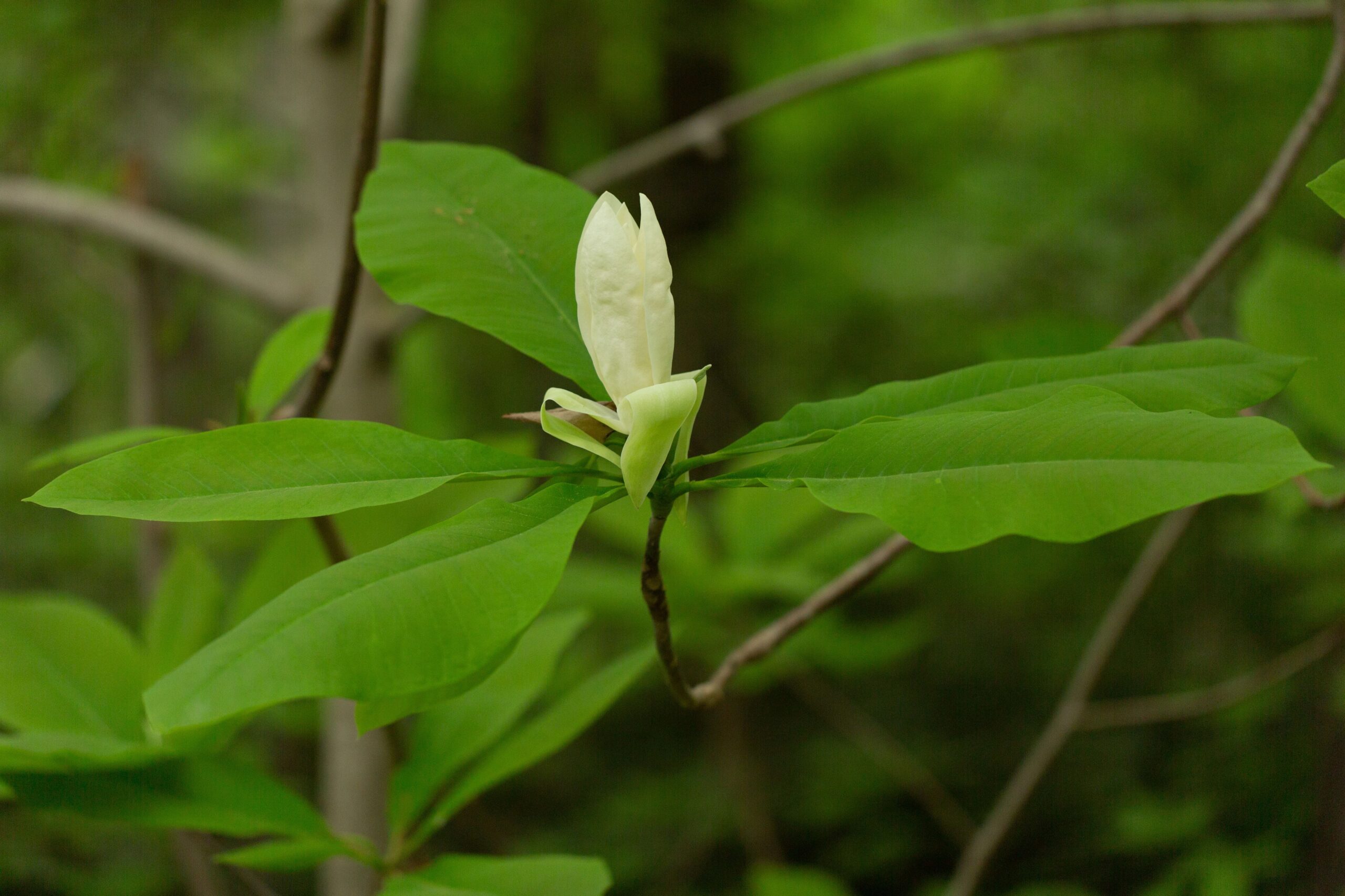
Good moves, Smith said, include avoiding plants grown with neonicotinoids (a type of insecticide implicated in pollinator death), improving soil porosity, creating more green space, reducing grass lawns, and investing in the native plant mission.
“Where you look at it and you’re like, ‘I’m just one person, what can I do?’” Smith said. “You can put a native plant in your garden and save a bee. … You put in some milkweed and save the monarch.”
It’s about reconnecting with nature, Smith said.
“What it is to be human,” he said, “is that you get to make a choice.”
In order to help plants adapt, so must we.
Lindsay Crudele can be reached at [email protected].
Get the latest news on buying, selling, renting, home design, and more.
Stay up to date with everything Boston. Receive the latest news and breaking updates, straight from our newsroom to your inbox.
Conversation
This discussion has ended. Please join elsewhere on Boston.com